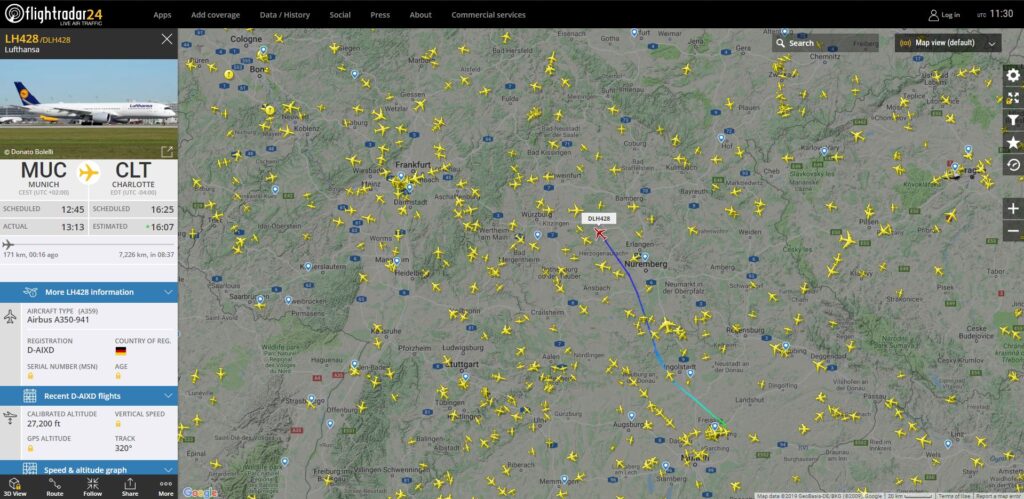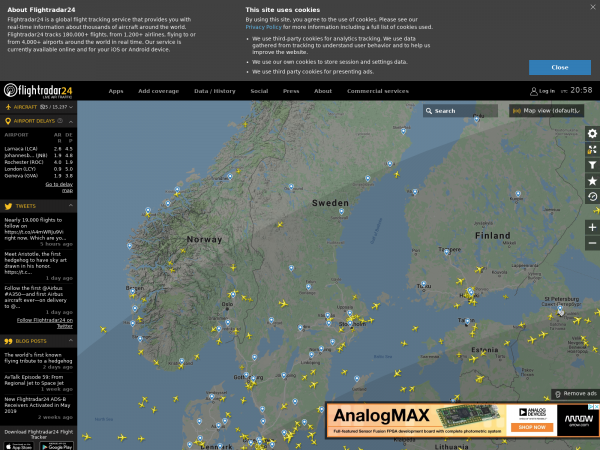
It might happen that two aircraft at the same location are tracked differently. Still, the coverage and visibility of the plane depend on many parameters such as congestion, type of aircraft, its altitude, transponder type and operation, ground landscape and so on. With the sufficient coverage, the icons are blue. The current state of the Flight radar 24 coverage is reflected by the airport icons in the area. That makes for 960 airlines from all over the world embraced. Tracking my airplane on FR24 – geography and airlinesĬurrently, the flight radar service tracks more than 32505 aircraft of different type arriving and departing from 8675 airports located in 190 countries. The mechanism of ADS-B-based tracking system goes like follows: There might be some flaws in coverage in other countries still, the ADS-B receivers’ worldwide system is constantly growing providing the more precise and informative data. The most of South America and South Africa, Canada, Russia, the Middle East, and most of the Asian major countries (including China and Japan) have a well-established ADS-B connection, too.
FLIGHT RADAR 24 FULL
The full coverage is present at the USA and for all the European countries. Today, there are 17K+ inland ADS-B receivers that receive and transmit the relevant signals from on board. It works at the high frequency of 1090 MHz, so the low signal is better caught at the higher flight. The ADS-B technology allows each receiver to control the territory of about 200 miles around it. For passenger flights, this number is much bigger (about 70% on average), yet, still not enough for providing the full picture of the current aviation. Currently, less than one-fifth of the general aviation planes is equipped with the ADS-B transponders. The technology merits made for including it as a primary data feeding means in all aircraft by the year 2020. This technology relies on transponders installed in each modern (and in some outdated) aircraft. By that time, in November, the Guardian published the news about another aircraft catastrophe using the data as an official source. By the end of 2015, there were 9,000 receivers registered in the system.

They place the ADS-B receivers at their homes and other locations, where the devices decode the data received from planes and send the information to the Flightradar24 server via the Internet. Most of the aviation radar feeding stations are created by passionate users.

The service reported a 50-times increase in users’ visiting, resulting in the temporary online access problems. The Indonesian AirAsia aircraft’ disappearance later in the same year triggered another wave of interest to the tracker. When one of the Malaysia Airlines planes’ got missed and another crashed over Ukraine in July 2014, the service’s online map had a powerful boost of visitors. In 2014, the dramatic aircraft catastrophes brought another wave of keen interest to the tracker. Today it embraces vast space, though a full global map makes another milestone to reach. This has inspired the interest and attracted thousands of users into the service. In 2009, the service performance has been boosted, while its initiators allowed all ADS-B receiver users connect to the system and thus make a contribution to the network.Ī year after, the tracker’s data were used by global media to illustrate the flights’ schedule changes and aircraft movement above Europe and Atlantic during the volcano eruption in Iceland.

At first, only the Scandinavian countries and Central Europe were covered yet, the network had been growing quickly. The idea to customize the ADS-B receivers data into the tracking system has been first realized by two aviation lovers from Sweden in 2006.

Flight Radar 24 – the milestones of development


 0 kommentar(er)
0 kommentar(er)
